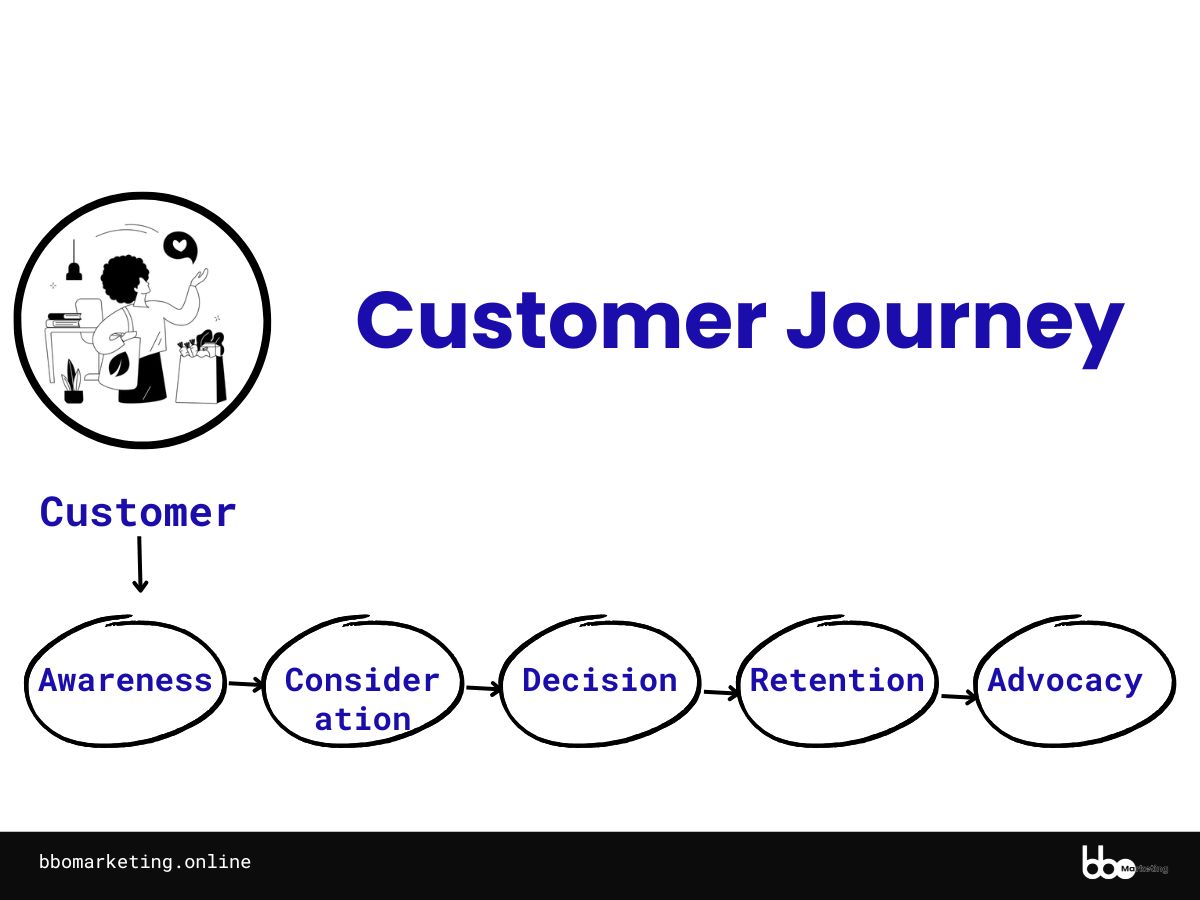
Techniques and Tools to Analyze Search Intent in 2025
Search intent analysis helps websites deliver relevant content to users. This guide explains how to analyze search intent and optimize for search intent in 2025. The methods here align with current SEO Strategy best practices.
Contents
What is Search Intent?
Search intent shows why people make specific searches. Google uses search intent to provide relevant results. Understanding search intent helps create content that matches what users want to find.
Types of Search intent
Search intent has four main types:
1. Informational Intent
Informational intent reflects the desire to gain knowledge or find answers. Users want answers to specific questions. People seek knowledge about interesting or relevant topics. Readers look for detailed explanations to understand concepts. Searchers need solutions to problems they encounter. Clear, accurate, and helpful content satisfies these needs effectively.
2. Navigational Intent
Navigational intent reflects the desire to locate specific online destinations. Users want to find specific websites to meet their needs. People search for brand names to access familiar or trusted sources. Readers look for particular pages to gather targeted information. Searchers seek direct website access without additional steps. Clear navigation and precise search results help fulfill this intent effectively.
3. Commercial Intent
Commercial intent reflects the desire to make informed purchasing decisions. Users research products to learn their features and benefits. People compare services to find the best fit. Readers evaluate options by reading reviews and recommendations. Searchers make buying decisions based on gathered information. Detailed, reliable, and persuasive content guides this intent effectively.
4. Transactional Intent
Transactional intent reflects the desire to make a purchase. Users want to make purchases quickly. People seek to buy products that meet their needs. Readers look for deals to save money. Searchers are ready to spend money on products or services. Clear calls to action and attractive offers guide users with transactional intent effectively.
How to Analyze Search Intent in 2025
Google’s search results show what content users want. Here are detailed steps to analyze search intent:
1. Check Top-Ranking Content
The top search results reveal user intent patterns. Look for:
Content Types:
- Blog posts and articles
- Product pages with prices
- Video content and tutorials
- Service descriptions
- Landing pages
- Category pages
Page Formats:
- How-to guides with steps
- List posts with numbers
- Comparison charts
- Product reviews
- Case studies
- Tutorial content
Information Depth:
- Basic overviews
- Detailed explanations
- Expert analysis
- Technical specifications
- Beginner guides
- Advanced content
2. Study SERP Features
Search result pages display features based on intent:
Featured Snippets:
- Answer boxes
- Definition boxes
- Step-by-step lists
- Tables with data
- Bullet point lists
- Numbered instructions
Featured Snippets help users find fast answers to questions.
Shopping Results:
- Product carousel
- Price comparisons
- Store listings
- Product images
- Rating stars
- Availability status
Local Results:
- Map displays
- Business hours
- Contact information
- Directions
- Reviews
- Photos
Knowledge Panels:
- Quick facts
- Basic information
- Entity details
- Related topics
- Key statistics
- Visual content
3. Analyze User Questions
Look at “People Also Ask” boxes to find:
Question Types:
- What questions
- How questions
- Why questions
- When questions
- Where questions
- Who questions
Topic Categories:
- Basic concepts
- Advanced ideas
- Problem solutions
- Process steps
- Comparisons
- Definitions
User Problems:
- Common issues
- Technical challenges
- Decision points
- Implementation concerns
- Usage questions
- Setup problems
4. Track Search Patterns
Monitor how searches change over time:
Seasonal Trends:
- Holiday patterns
- Weather-related searches
- Event-based queries
- Time-specific needs
- Annual cycles
- Periodic changes
Query Evolution:
- New question formats
- Changed search terms
- Different phrasings
- Updated language
- Modern terms
- Fresh approaches
Topic Development:
- Growing subjects
- Declining areas
- New categories
- Merged topics
- Split topics
- Emerging fields
Tools to Analyze Search Intent in 2025
These tools help understand search intent:
1. Google Search Console

GSC provides data about:
Search Performance:
- Query reports
- Click data
- Position tracking
- Impression counts
- CTR analysis
- Time trends
Page Analysis:
- Top pages
- Landing pages
- Exit pages
- Mobile performance
- Desktop results
- Search appearance
User Behavior:
- Search patterns
- Query variations
- Geographic data
- Device preferences
- Time patterns
- Language choices
2. Google Analytics

Analytics shows detailed information about:
User Engagement:
- Time on page
- Bounce rates
- Page views
- Session duration
- Return visits
- Exit points
Content Performance:
- Popular pages
- Entry points
- Navigation flows
- Content groups
- Page values
- Goal completions
Conversion Data:
- Goal tracking
- Event monitoring
- Form submissions
- Purchase data
- Lead generation
- User actions
3. Keyword Research Tools
Professional tools provide:
Search Data:
- Volume metrics
- Difficulty scores
- Trend analysis
- Related terms
- Questions
- Variations
Competitive Analysis:
- Ranking pages
- Content gaps
- Market leaders
- Traffic value
- Keyword overlap
- Position tracking
Content Opportunities:
- Topic clusters
- Content ideas
- Question groups
- Related searches
- Long-tail terms
- Search suggestions
Techniques to Analyze Search Intent in 2025
Apply these proven techniques:
1. The Three C’s Method
Content Type Analysis:
- Blog post identification
- Video content review
- Product page assessment
- Service page evaluation
- Tool page analysis
- Resource page review
Search Intent analysis requires careful content examination.
Content Format Study:
- How-to structure review
- List post assessment
- Comparison format check
- Tutorial layout analysis
- Guide format evaluation
- FAQ page review
Content Angle Evaluation:
- Freshness check
- Expert perspective review
- Beginner approach analysis
- Technical depth assessment
- User focus evaluation
- Problem-solving angle
2. User Journey Mapping

Awareness Stage:
- Information needs
- Problem recognition
- Solution discovery
- Basic education
- Topic introduction
- General awareness
Consideration Stage:
- Option comparison
- Feature analysis
- Price evaluation
- Brand research
- Solution assessment
- Provider review
Decision Stage:
- Purchase preparation
- Final comparison
- Buying guides
- Price checks
- Availability review
- Location search
3. Intent Clustering

Keyword Organization:
- Primary intent groups
- Secondary categories
- Mixed intent sets
- Topic clusters
- Query types
- Search purposes
Zero Click Search optimization needs clear intent understanding.
Data Analysis:
- Pattern recognition
- Trend identification
- Group formation
- Relationship mapping
- Connection finding
- Category creation
Intent Matching:
- Content alignment
- Purpose matching
- Goal assessment
- User need mapping
- Search satisfaction
- Result delivery
Wrapping Up
Search intent analysis creates better content for users. These tools and techniques help understand user needs. Regular updates keep content fresh and relevant. Success comes from matching content to user intent.
Key Actions:
- Use multiple analysis tools
- Check search results daily
- Update content regularly
- Monitor metrics closely
- Adjust strategies often
- Test new approaches
Good intent matching helps websites rank higher and serve users better. Keep learning and adapting as search patterns change.






Leave a Reply